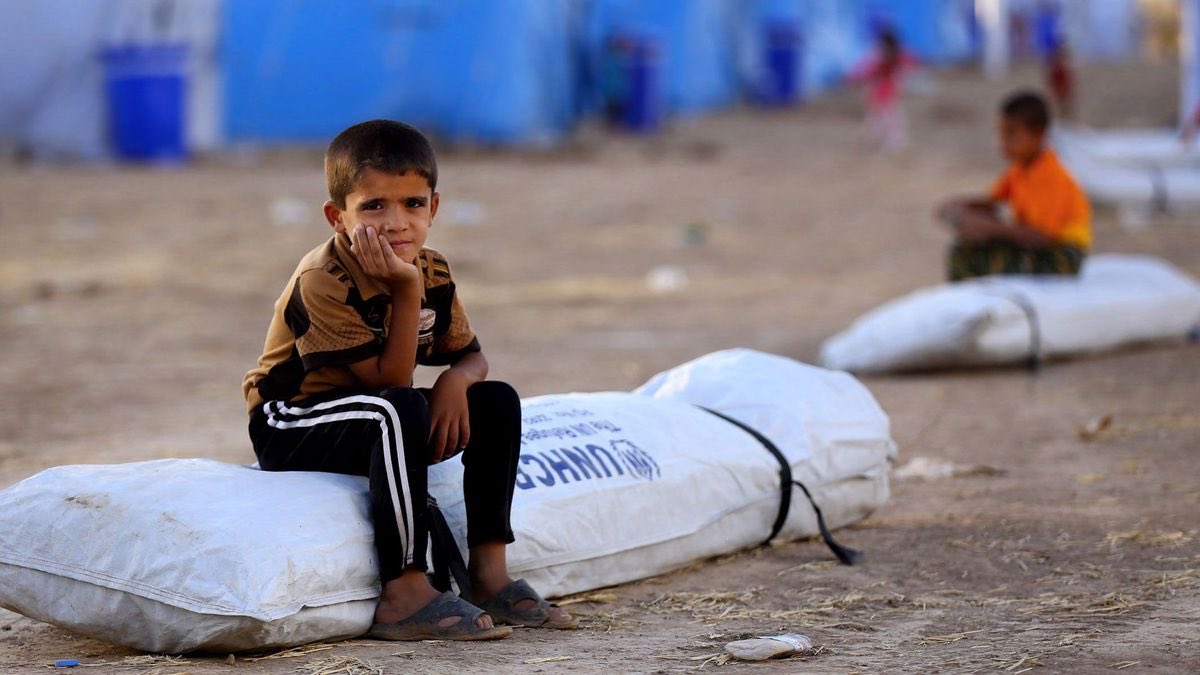Refugees

The practice of granting asylum to people fleeing persecution in foreign lands is one of the earliest hallmarks of civilization. References to it have been found in texts written 3,500 years ago, during the blossoming of the great early empires in the Middle East such as the Hittites, Babylonians, Assyrians and ancient Egyptians.
Over three millennia later, protecting refugees was made the core mandate of the UN refugee agency, which was set up to look after refugees, specifically those waiting to return home at the end of World War II.
As the 1951 Refugee Convention, the cornerstone document of the international protection of refugees for six decades, spells out: a refugee is someone who “owing to a well-founded fear of being persecuted for reasons of race, religion, nationality, membership of a particular social group or political opinion, is outside the country of his nationality, and is unable to, or owing to such fear, is unwilling to avail himself of the protection of that country.”
Since its establishment in 1950, UNHCR has offered protection and assistance to tens of millions of refugees across the world.
Refugees have no protection from their own state – indeed it is often their own government that is threatening to persecute them. If other countries do not let them in, and do not help them once they are there, then they may be condemning them to death – or to an intolerable life in the shadows, without sustenance and without rights.
The ultimate goal of refugee protection is to help find durable solutions that allow refugees to rebuild their lives in dignity and peace. There are three such solutions where UNHCR can help: local integration, return to the home country or resettlement in a third country, when someone cannot remain in the host country.
In Central Europe, the number of people who received refugee status or another form of international protection varied between some 3,500 and 4,400 people per year between 2007 and 2009.
